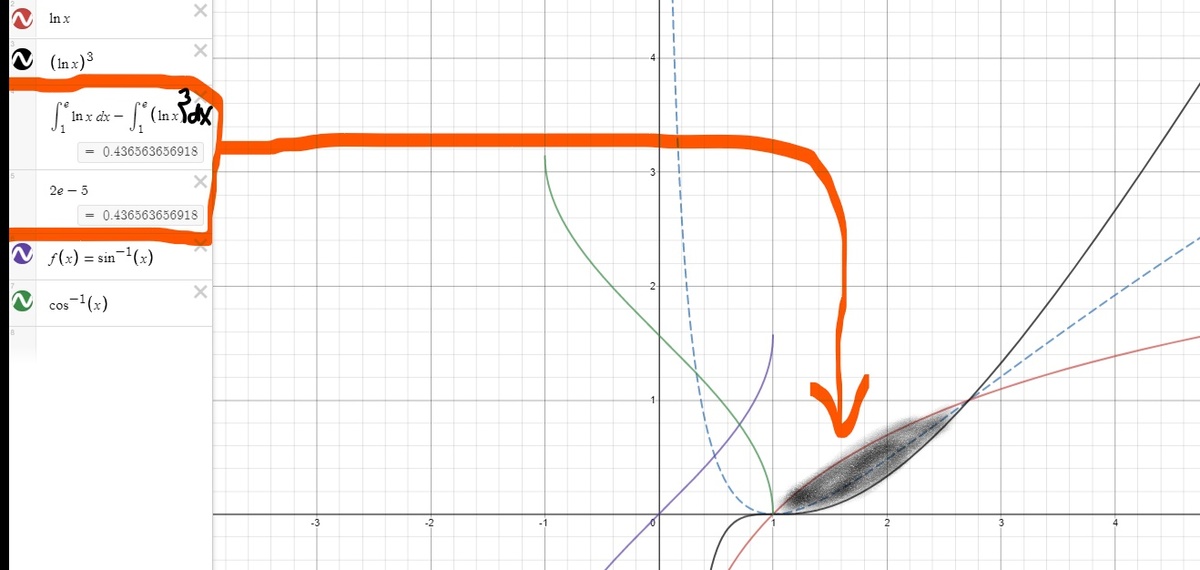One COMPLEX integral(literally)
Consider the following integral -
i − i ∫ 2 − π 4 π ( 2 1 ∫ 0 1 e τ ( τ − τ 3 ) d τ + 5 ) i ⋅ 2 i 2 i + i e i x + i e − i x − 2 + e i x + e − i x d x = i α i ∫ 2 − π 4 π e ( β i ⋅ tan ( γ x ) ) − i d x
Find α + β + γ − 2 . 7 2 8 .
Note: This is NOT a double integral. It is simply the integral that has τ as it's variable (which is just a positive real number) raised to the quantity shown. The function so obtained is then integrated with respect to x .
This section requires Javascript.
You are seeing this because something didn't load right. We suggest you, (a) try
refreshing the page, (b) enabling javascript if it is disabled on your browser and,
finally, (c)
loading the
non-javascript version of this page
. We're sorry about the hassle.
Note that the exponent is in the form e a i . So Euler's formula may help provided we can change the base into an appropriate form. But first, substituting l n ( u ) = τ and solving for d u , we get -
I 1 = ∫ 0 1 e τ ( τ − τ 3 ) d τ = ∫ 1 e ( l n u − l n 3 u ) d u
Now, we see that the equation l n u = l n 3 u has solutions u = 1 , e . So this is just the area of the region bounded by the graphs of l n u and l n 3 u .(Knowing that this is the case doesn't really help us, but it is a nice observation nonetheless). Applying integration by parts repeatedly gives us a value of 2 e − 5 .(Sorry I couldn't include this in the solution. It was just getting too long. You can solve this mini integral by using integration by parts repeatedly on l n 3 ( u ) ).
Adding 5 and then multiplying by 2 1 just gives us e . So our integral simplifies to i − i ∫ 2 − π 4 π e 2 i 2 i + i e i x + i e − i x − 2 + e i x + e − i x d x
Factoring out a − 1 and i in the numerator and denominator respectively to simplify the exponent, and observing that i − 1 = i , we get -
i 1 + ( 2 e i x + e − i x ) i ( 1 − ( 2 e i x + e − i x ) ) = ( i ⋅ 1 + cos x 1 − cos x ) i 1 = i 2 − i ⋅ tan ( 2 x ) − i ⇒ I = i − i ∫ 2 − π 4 π e ( i ⋅ tan ( 2 x ) ) − i d x
(Here, we used the half-angle formulas for sine and cosine as well as the complex definition of cosine to turn this into a tangent).